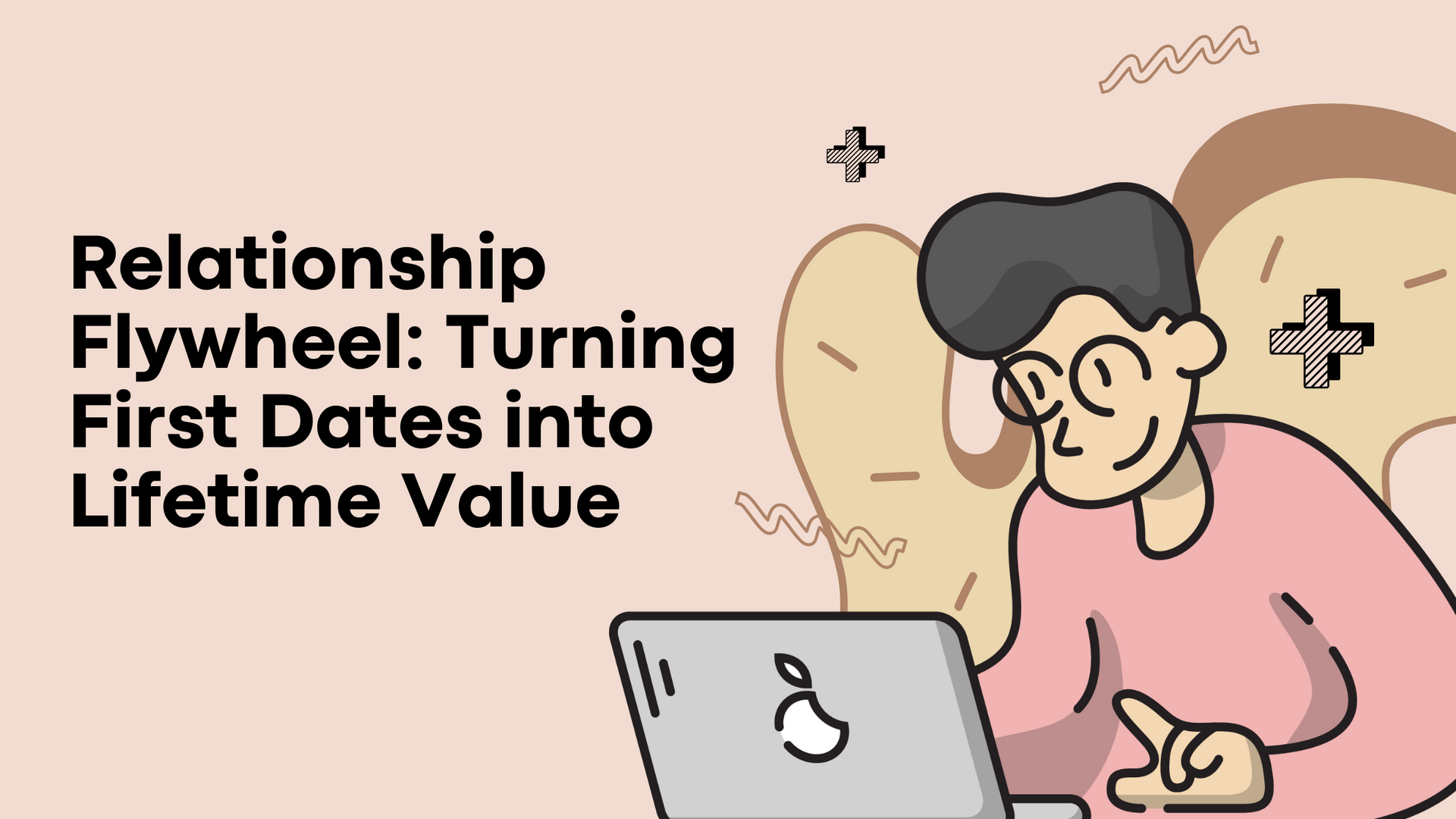Do Empathy Maps Drive SaaS Growth?

In the SaaS world, things change quickly, and it's important to keep up with what users need and why they need it. Empathy maps are great tools for doing this. In this blog, we're going to break down how to use empathy maps effectively.
Do Empathy Maps Really Help With SaaS Growth?
Yes! SaaS isn't just about the software; it's about solving real problems for real people. And understanding these people is where empathy maps can help.
These maps help you understand not just what your customers are doing, but why they're doing it. What are their pain points? What gets them excited? What are they trying to achieve? When you know the answers to these questions, you can tailor your product to fit like a glove.
But it’s not just about making a product that meets needs. Empathy maps can guide your entire customer journey. From marketing messages that resonate more deeply, to customer support that really gets where the user is coming from – it’s all about creating experiences that feel personal and thoughtful.
What Are Empathy Maps, and How Do They Differ From Buyer Personas?
Empathy maps are a visual tool that teams use to gain a deeper insight into their customers. It's divided into sections like 'Thinking', 'Feeling', 'Seeing', and 'Doing'. Buyer personas, on the other hand, is a profile of your ideal customer. It includes demographic details of your customers, like age and occupation, and sometimes touch on their goals and challenges.\
How to Create an Empathy Map
Creating an empathy map is simpler than you might think. Here’s how you do it:
1) Start with a template
The first step in creating an empathy map is to get a template, which is basically a visual organizer. This template usually looks like a large square divided into four quadrants, with each section labeled - 'Think & Feel', 'See', 'Hear', and 'Say & Do'. In the center, there's a space for your customer, represented either by a persona name or a simple sketch.
You can easily find empathy map templates online, or you can create one yourself on a whiteboard or a large piece of paper. The idea is to have a clear, visual layout where you and your team can post notes and ideas.
2) Gather your team
Empathy mapping is a team activity. Bring together people from different departments. Each person will bring unique insights based on their interaction with customers. The goal here is to have a mix of viewpoints that represent various aspects of your customer's journey. Even someone from finance or HR could have valuable input. If possible, try to include someone who directly interacts with your customers regularly – they can offer real, on-the-ground insights that others might miss.
3) Fill in the 'Think & Feel' section
The 'Think & Feel' quadrant is all about getting inside your customer's head and heart. Ask your team questions like: What worries does the customer have? What truly makes them happy or satisfied? What are their hopes and dreams related to your product or service? Are there any common frustrations they might be facing? Capture both the rational thoughts and the emotional undertones.
4) Tackle the 'See' section
This part of the empathy map helps you visualize the customer’s world. Think about what their typical day looks like. What kind of environment are they in? Are they in an office, a home, or a public space? Consider what kind of media they are exposed to. What websites do they visit? What social media platforms are they active on?
Also, think about the people in their lives. Who are they interacting with regularly – colleagues, family, friends? What kinds of products or services are they using on a daily basis? This section is important because this often influences their decisions, preferences, and needs.
5) Move to 'Hear'
This section is all about tuning into the customer's auditory environment. What are your customers hearing in their daily lives that could influence their perceptions of your product? This could include the opinions and recommendations they get from friends, colleagues, or industry influencers. Think about the podcasts they might listen to, the news sources they trust, or the discussions they are part of on social media.
Also, consider the feedback or comments they hear from others about your product or competitors. Are there common themes in this feedback? Maybe there's praise for a particular feature or criticism about a certain aspect of your product.
6) Complete the 'Say & Do' section
Here, think about the actions your customers take and what they say to others. What's their public stance? How does it align, or not, with their private beliefs?
In the 'Say & Do' quadrant, focus on what your customers are openly expressing and the actions they take. What are the common statements or comments your customers make about your product or similar products? Are there phrases or terms they frequently use? This could be feedback from surveys, social media comments, or direct customer service interactions.
Now, think about their actions. What steps do they take when using your product or service? How do they go about solving the problems that your product aims to address?
7) Review and refine
Once you've filled in each section of the empathy map, it's time for a thorough review. Gather your team and go over the map together. Look for patterns, inconsistencies, or surprising discoveries. Are there any contradictions between what customers say and what they actually do? Do certain emotions or thoughts keep popping up? This is the stage where you connect the dots and find deeper insights.
It's also a good time to question and challenge assumptions. Maybe there's a need or a frustration that you hadn't considered before. Use this opportunity to refine your understanding. If you find gaps or areas that are not well understood, plan for additional research or customer interviews.
8) Turn insights into action
After analyzing your empathy map, it's time to convert those insights into tangible actions. Start by asking how these insights can influence your product development, marketing strategies, customer service, and overall business decisions. If you've discovered that your customers value time-saving features, for instance, focus on improving the efficiency of your product. If they often feel overwhelmed by technology, look at simplifying your user interface.
Summary
Empathy Maps are a valuable asset for SaaS companies aiming to boost their growth by connecting with users on a deeper level. By using these maps effectively, SaaS businesses can improve their products, marketing strategies, and customer retention rates, ultimately leading to sustainable growth and success.
Ready to unlock your SaaS potential? Meet Falconics, your go-to SaaS marketing company. We're here to make empathy maps work wonders for your growth, ensuring you reach new heights and enjoy lasting success. Contact us today for more information about our services.




